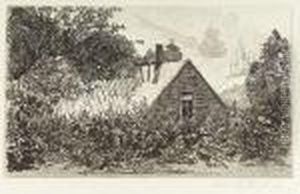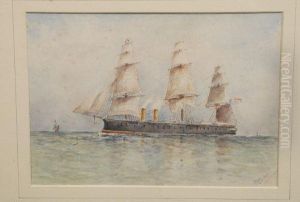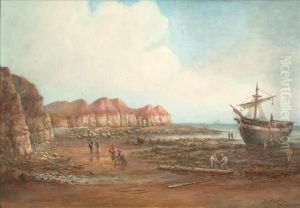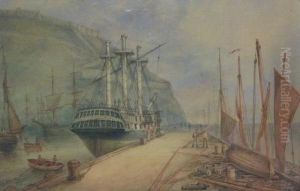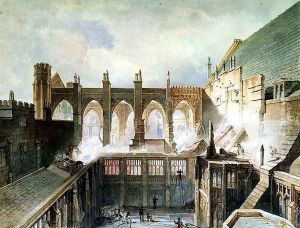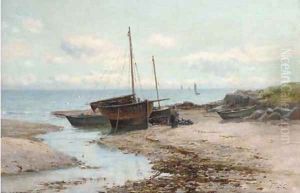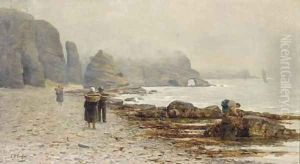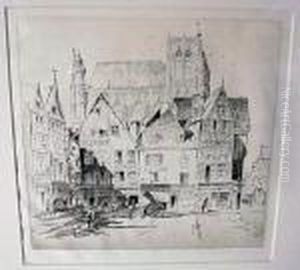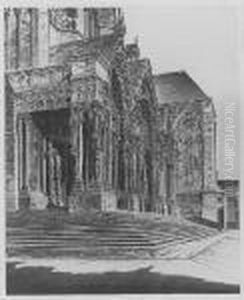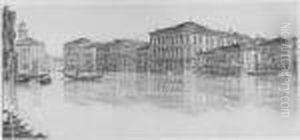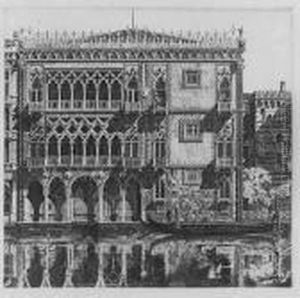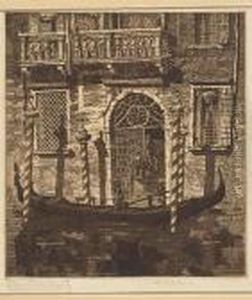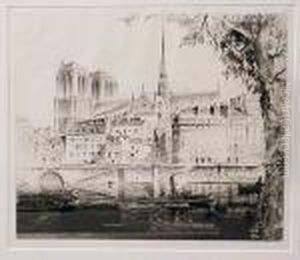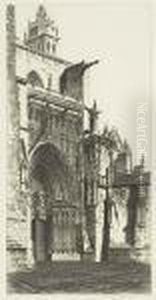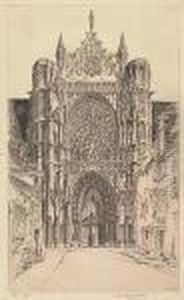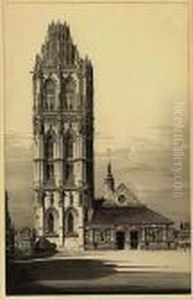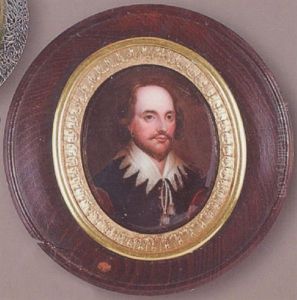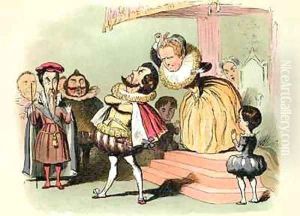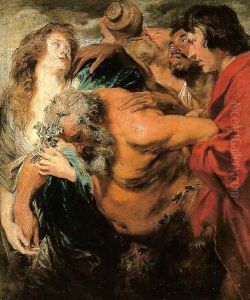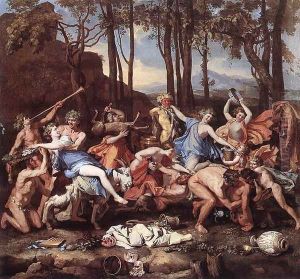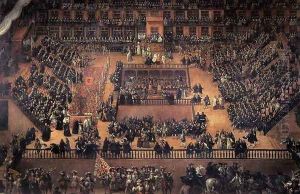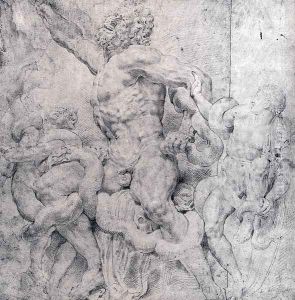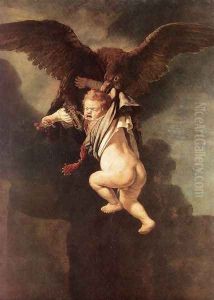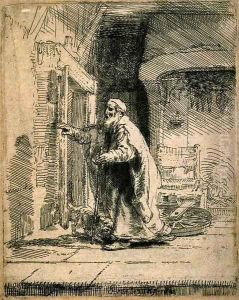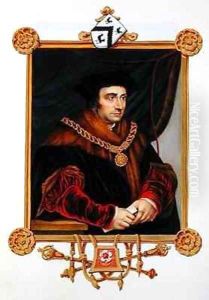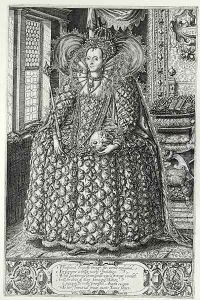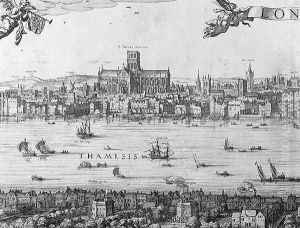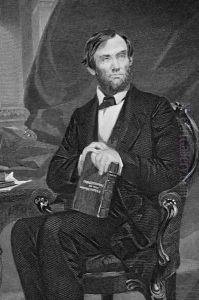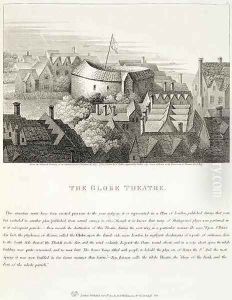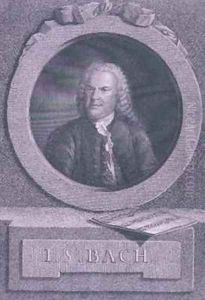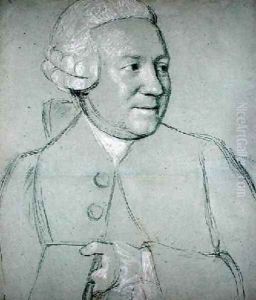





Portrait of William Shakespeare 1564-1616 c.1610
-
About Reproduction
Bring the timeless beauty of John Taylor's Portrait of William Shakespeare 1564-1616 c.1610 into your home with a handmade oil painting reproduction. Carefully recreated on canvas by skilled artists using traditional techniques, this piece captures the delicate brushwork, subtle light, and vibrant color of the original masterpiece. With museum-level quality and rich texture, it brings elegance and artistic depth to any space. Enjoy free shipping and make this masterpiece a part of your personal collection.
-
Original Description
The enigmatic Portrait of William Shakespeare (1564–1616), attributed to John Taylor circa 1610, exudes quiet grandeur through its restrained yet penetrating depiction of the Bard. Painted during the Jacobean era—likely from life—the oil-on-canvas work captures Shakespeare in sober black attire, his intelligent gaze and receding hairline rendered with remarkable naturalism amid a muted olive background. Known as the Chandos Portrait (after a former owner), it holds immense cultural significance as one of only two portraits with strong claims to being painted from the playwright himself, now safeguarded by London’s National Portrait Gallery. Its earth-toned palette and unidealized realism reflect the transition from Elizabethan flamboyance to 17th-century introspection, making it a touchstone for both literary and art historical scholarship.
When displaying this iconic portrait in modern spaces, lean into its gravitas by choosing subdued settings: a wood-paneled study or a minimalist office with warm walnut furnishings creates timeless harmony. The 55.2 x 43.8 cm dimensions demand intimate viewing—hang it at eye level on a softly lit wall, ideally beside floor-to-ceiling bookshelves to accentuate its intellectual legacy. Complement its umber tones with deep burgundy or sage green accents in upholstery or rugs, avoiding competing patterns. For contemporary contrast, pair it with sleek brass picture lights and modernist furniture in matte black, allowing the portrait’s textured brushwork to become the tactile focal point. In reception areas, flank it with framed First Folio pages to craft a literary narrative while maintaining spatial balance.
-
Lead Time & Shipping
When you order this oil painting replica, it typically takes 2-3 weeks to paint. If the artwork is more complex, it might need a little more time to ensure the best quality. Once it's ready, we'll send you a photo for your approval. After you give the green light, we'll ship it to you for free.
-
Return & Refund
We believe in the quality of our hand-painted oil painting reproductions, and your satisfaction is our priority. If for any reason, you are not completely satisfied with your purchase, we offer a 45-day return policy. You can return your artwork within 45 days of receipt and receive a full refund. Please note that the artwork must be returned in the original packaging and in the same condition as it was received.





















